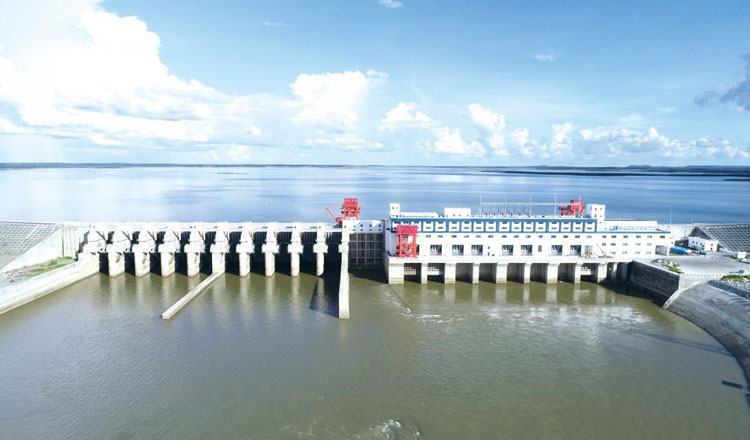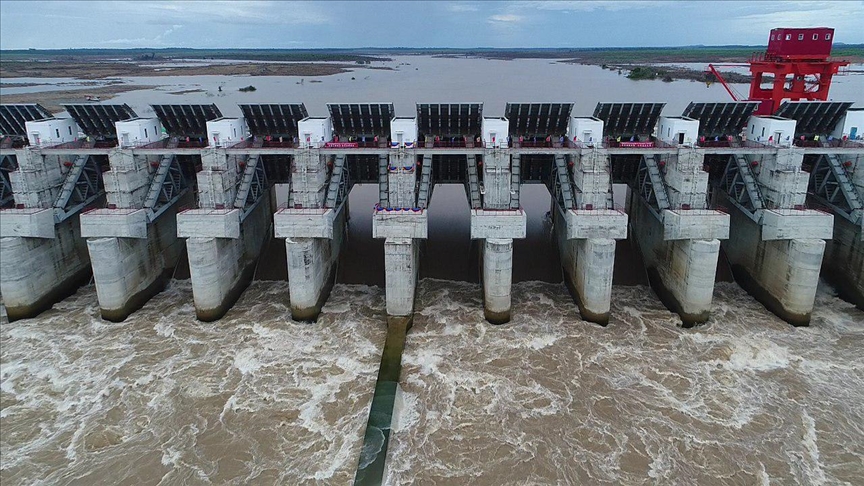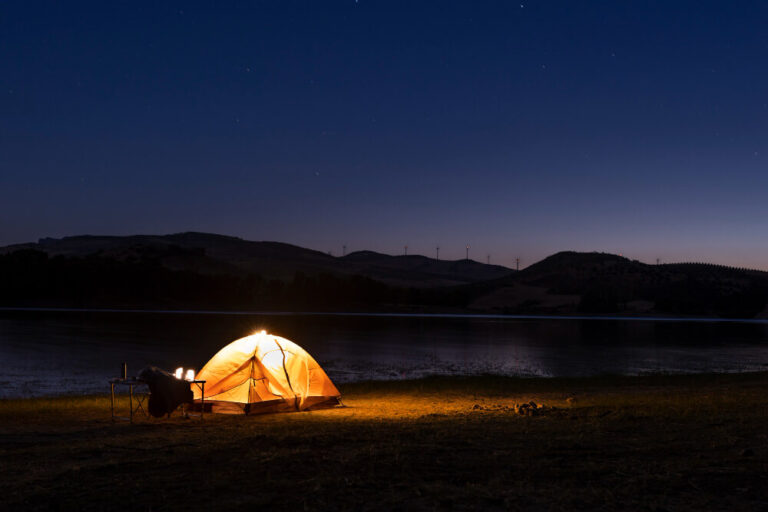Hydropower and Climate Change: Is Cambodia on the Right Path?

Hydropower has been the backbone of Cambodia’s energy sector for years, providing a substantial portion of the country’s electricity needs. As a renewable energy source, hydropower has been seen as a sustainable way to meet growing energy demands while reducing dependence on fossil fuels. However, the impact of climate change raises concerns about the long-term viability of hydropower in Cambodia. Changing rainfall patterns, prolonged droughts, and extreme weather events pose significant risks to hydropower generation.
This article explores Cambodia’s reliance on hydropower, the challenges posed by climate change, and whether the country is taking the right steps to ensure a stable and sustainable energy future.
1. The Role of Hydropower in Cambodia’s Energy Sector
Cambodia’s energy landscape has seen rapid transformation in the past two decades. Hydropower plays a dominant role, contributing approximately 44% of the country’s electricity production between 2019 and 2022. The Cambodian government has heavily invested in hydropower projects, viewing them as a cost-effective and sustainable alternative to fossil fuels.
Major Hydropower Projects in Cambodia
- Lower Sesan 2 Dam—The largest hydropower dam in Cambodia, generating 400MW of electricity.
- Kamchay Dam—A major project in Kampot province with a capacity of 193 MW.
- Stung Tatai Dam—Located in Koh Kong province, producing 246 MW of power.

These projects have significantly improved Cambodia’s electricity supply, reducing reliance on imported energy. However, despite its benefits, hydropower is not without challenges.
2. Climate Change and Its Impact on Hydropower in Cambodia
Climate change is altering Cambodia’s hydropower dynamics, affecting electricity production in several ways:
Unpredictable Rainfall Patterns
- Hydropower plants rely on consistent river flow, but climate change is disrupting precipitation cycles.
- Prolonged dry seasons lead to reduced water levels in reservoirs, decreasing electricity generation.
- Intense rainy seasons cause excessive water accumulation, sometimes requiring controlled water releases that can flood downstream areas.
Extreme Weather Events
- Droughts: Extended dry spells reduce hydropower output, increasing energy shortages.
- Floods and Landslides: Heavy rainfall can damage dam infrastructure and disrupt operations.
Impact on the Mekong River Basin
The Mekong River, a crucial water source for Cambodia’s hydropower plants, is experiencing drastic changes in flow levels. Studies suggest that hydropower output may fluctuate unpredictably in the coming years, making Cambodia’s energy sector more vulnerable to climate-related risks.
3. Environmental and Social Challenges of Hydropower
While hydropower is considered a renewable energy source, its environmental and social impact is significant.
Ecological Disruptions
- Dams obstruct fish migration routes, affecting fish populations in rivers.
- Altered water flow patterns lead to reduced biodiversity and ecosystem imbalances.
Effects on Local Communities
- Many rural communities depend on fishing for their livelihood. Lower fish stocks threaten food security and income.
- Forced displacement of communities due to dam construction has led to socio-economic challenges.
Deforestation and Habitat Loss
- Large-scale hydropower projects require clearing forests, leading to loss of biodiversity.
- Deforestation contributes to increased carbon emissions, negating some of the benefits of hydropower.
Cambodia must address these issues by integrating sustainable hydropower practices that minimize environmental and social harm.
4. Is Cambodia Diversifying Its Energy Sources?
Recognizing the risks of hydropower dependency, Cambodia is exploring alternative energy sources.
Shift Toward Solar and Wind Energy
- The government has set ambitious goals to increase solar power capacity.
- Several large-scale solar farms are being developed.
- Floating solar panels on reservoirs are being considered to utilize existing water bodies efficiently.
Increased Energy Imports
To ensure stability, Cambodia is boosting electricity imports from neighboring countries:
- Laos, Vietnam, and Thailand are key electricity suppliers.
- Power import capacity is expected to increase by over 50% in the next two years.
Technological Innovations
- Battery storage solutions to manage solar and wind energy fluctuations.
- Smart grid technology to optimize energy distribution and reduce inefficiencies.
These diversification efforts aim to create a more resilient and climate-adaptive energy system.
5. The Future of Hydropower in Cambodia: Sustainable or Risky?
Given the growing challenges, Cambodia must assess whether hydropower remains a reliable long-term energy solution.
Strategies to Adapt Hydropower to Climate Change
- Improved dam water management to better regulate seasonal water flow.
- Integration with other renewable sources to balance electricity supply fluctuations.
- Climate-resilient infrastructure development to mitigate flood and drought risks.
Government Policies and International Cooperation
- Cambodia’s Power Development Plan aims to balance hydropower, solar, and other renewables.
- Collaboration with regional partners for sustainable Mekong River management.
- Foreign investment in clean energy projects to accelerate renewable energy adoption.
Predictions for Cambodia’s Energy Future
- Hydropower will likely remain a significant part of Cambodia’s energy mix but may see declining dominance.
- Solar and wind energy are expected to grow rapidly, offering a more stable and climate-resilient alternative.
Conclusion
Hydropower has played a crucial role in Cambodia’s economic growth and electrification. However, the increasing impact of climate change raises concerns about its long-term sustainability. The country faces challenges such as unpredictable water flows, extreme weather risks, and environmental degradation.
To secure a stable energy future, Cambodia must continue to diversify its energy sources, invest in new technologies, and adopt sustainable energy policies. By balancing hydropower with solar, wind, and energy imports, Cambodia can create a resilient and environmentally friendly energy system.
Is Cambodia on the right path? The steps being taken suggest progress, but continued effort and innovation will be critical in navigating the challenges ahead.
Call to Action
What are your thoughts on Cambodia’s energy future? Should the country continue investing in hydropower or shift more aggressively toward solar and wind energy? Share your insights in the comments!



